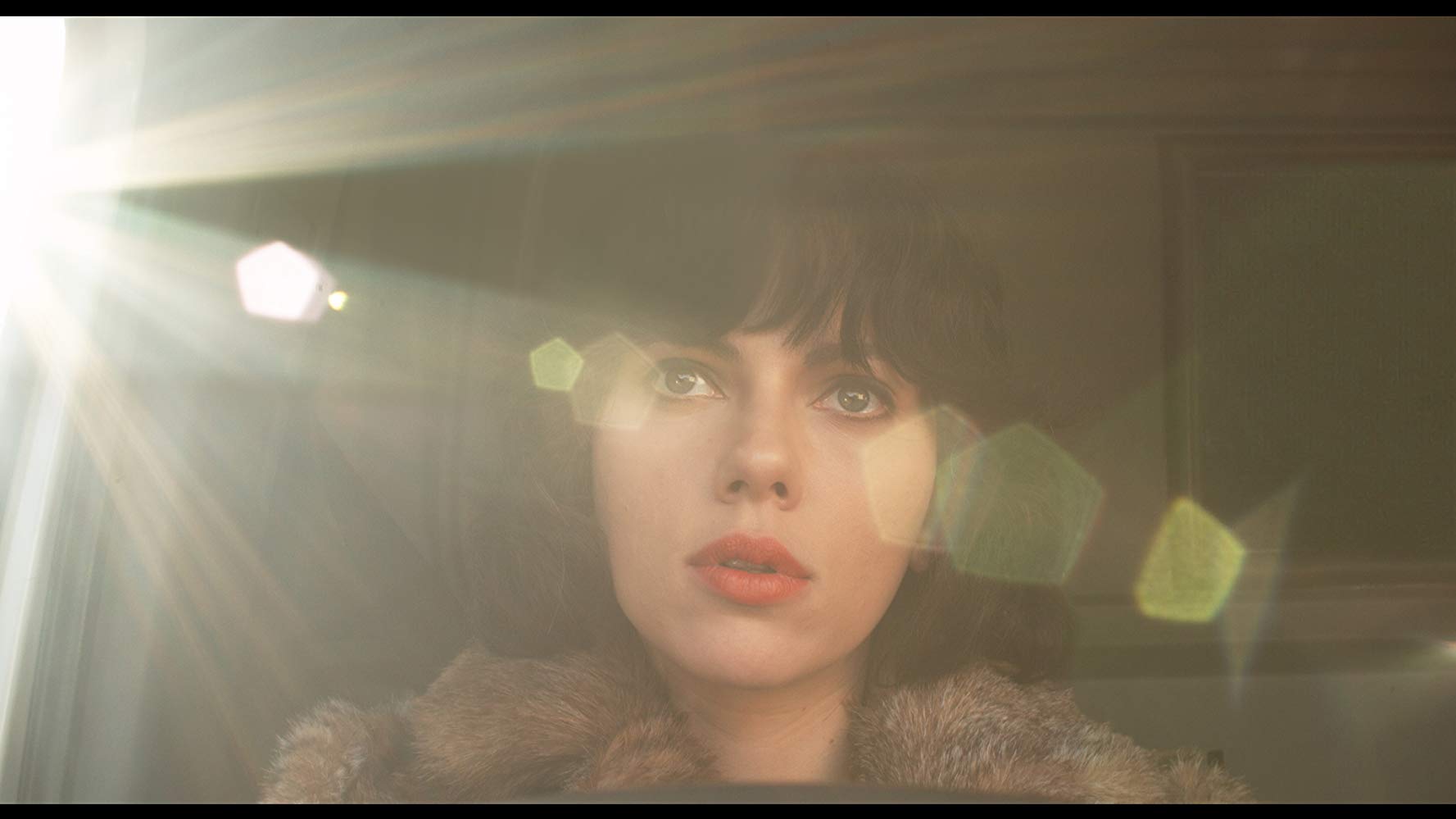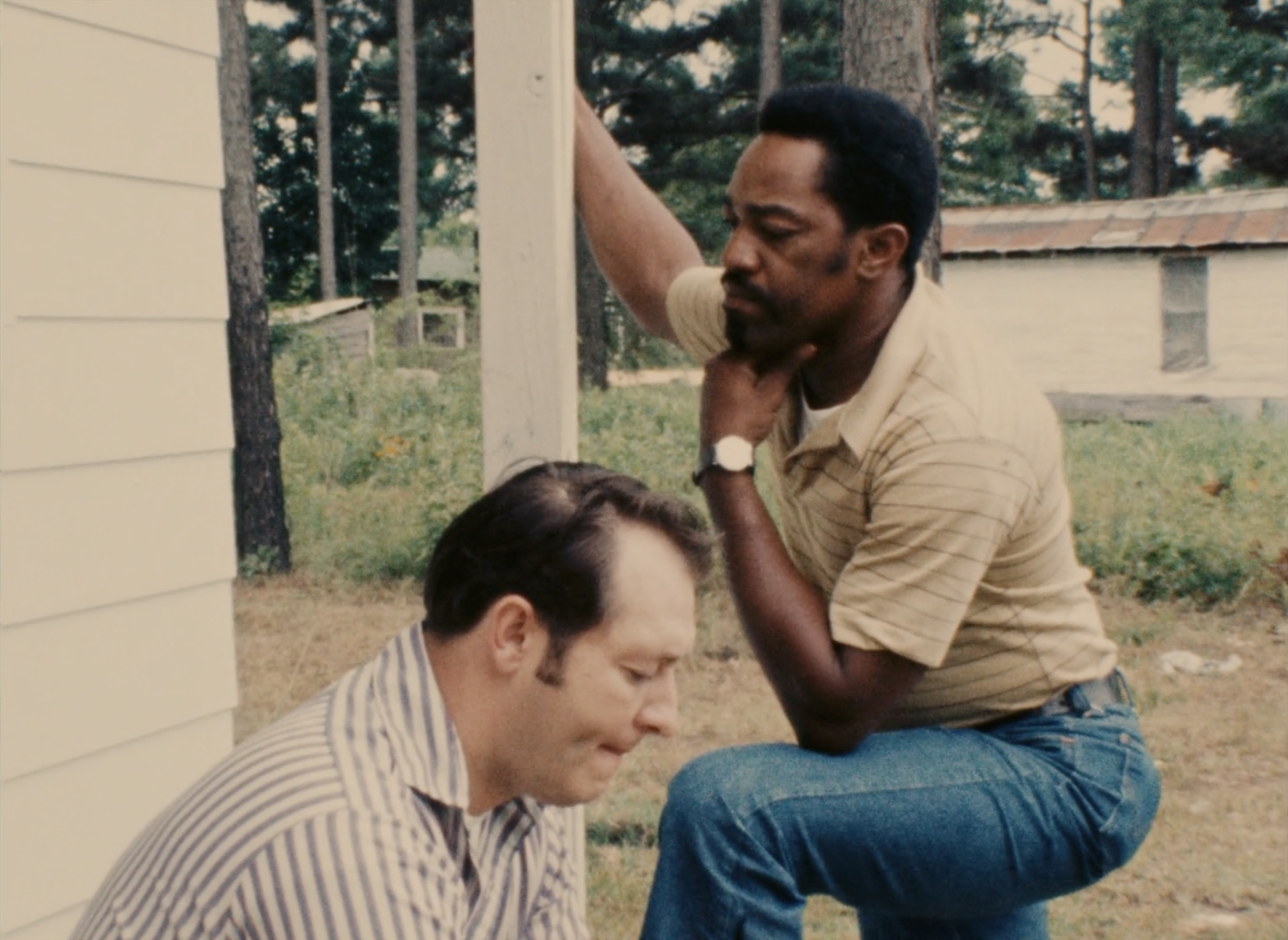Jonathan Glazer’s masterful 2013 sci-fi film stars Scarlett Johansson as an alien who is rendered both visible and vulnerable by the human disguise she wears
Scarlett Johansson, or at least some version of her, is naked in Jonathan Glazer’s masterful science-fiction thriller, Under the Skin (2013). In the past decade, the tendency for sci-fi films to take on the characteristics of action blockbusters has only worsened. To be fair, this has been happening since the 1990s, and there are even a handful of very good sci-fi blockbusters — among them Pacific Rim (2013), Edge of Tomorrow (2014), and Mad Max: Fury Road (2015). On the lesser side we can find any of the films from the Marvel Cinematic Universe or attempts to revive or keep dead and moribund franchises alive in the Star Trek, Men in Black, Planet of the Apes, Transformers, Predator, Alien, Star Wars and Jurassic Park/World re-treads that have cropped up since 2009.
We have also seen quieter and more thoughtful sci-fi films over the course of the decade. Alex Garland has made two in Ex Machina (2015) and Annihilation (2018); Duncan Jones’ Moon (2009), Alfonso Cuarón’s Gravity (2013) and Spike Jonze’s Her (2013), featuring another ScarJo performance, all fall into this category for different reasons. But Under the Skin is special within this group because, in an era when even the best sci-fi films either rehash familiar plots or provide us with cheap and cynical nostalgia, Glazer strives to make us uncomfortable. He wants us to feel that we are out of our depth in responding to his film, that it should not be seen with the same eyes that have grown accustomed to the generic beats of the sci-fi/action-adventure/fantasy hybrid. We should look at Under the Skin with naked eyes.
That said, there are some parts of the plot — to the extent that there is one at all — that feel very familiar. Johansson plays an unnamed, possibly ungendered alien who has assumed the form of a beautiful young woman. She drives around Scotland finding random men to lure back to her apartment. Once there, a strange ritual unfolds: She seduces them to strip down as they follow her into a pitch-black room, where they find themselves trapped and drowning in a viscous black liquid. It is not clear what The Female, as she is identified in the script, wants from these men. It is also not clear what her relationship is to the other, male-presenting alien, though he rides around Scotland on a motorcycle and seems to be the one who tidies up after she’s through with the men. But shortly after she meets The Disfigured Man, the Female seems to abandon her mission in order to explore the feelings she has been having about her identity since carrying out this task, and feigning, or so it would seem, to form a connection with men. After she has gone astray, she meets a man with whom she attempts to have a genuine sexual experience with, but once it becomes clear she does not have the necessary genitalia to make intercourse possible, she leaves in confusion, or shame, anger or embarrassment, or some combination of all of those.
I hesitate to be too definitive in characterizing The Female’s emotions because once she begins her introspective journey, she turns inward and says virtually nothing to anyone she encounters. Indeed, this makes the latter part of the film even more cryptic than the first — without knowing what the Female’s job was, it’s hard to gauge her emotional detachment from it, even more so when she is struggling to embody her emotions. This, however, is not a weakness of the film but perhaps its greatest strength. Paradoxically, this inward turn is precisely what makes The Female accessible to us because it asks us to engage more intimately and tenuously with both the character and the film overall. In other words, if we are uncertain about what The Female is feeling, this is probably because she is just as uncertain. It is as if, after playing at being human and keeping the men she finds at a distance, The Female finds herself — and her humanity — exposed. She confronts these feelings nakedly, without emotional experience or guidance, with no idea of how these sensations are changing her, if they are changing her at all, or whether she wants that change to happen.

Two of the film’s most arresting moments address this very uncertainty. The first takes place in an upscale restaurant where The Female tries to eat a piece of cake. As she puts the fork in her mouth and attempts to swallow, she immediately gags, alarming the other patrons near her. We never learn why The Female chose to have a piece of cake, or what she wanted to accomplish by eating it. Surely it could not be out of habit because the practice seems so foreign and difficult for her that these aliens, which have no mouths or any other features in their true form, must not eat, certainly not by mastication. Indeed, The Female probably has no reason, other than to have the experience of trying it, of exposing herself to what it’s like while knowing she should not be doing it. In this moment, The Female has to reckon with the paradox of her experience: Rather than being disguised by the human form she wears, she is instead rendered both visible and vulnerable by it. Even if it’s a normal human experience to swallow some food the wrong way, it still provokes alarm in others, and The Female cannot afford to draw attention to herself. Simulating perfect human-ness — eating, talking, reacting, etc. — is her only option. Anything less than perfection, anything that warrants more than a passing glance by onlookers, throws her life into jeopardy.
Despite this precariousness, or perhaps because of it, The Female reaches out for human contact. Again, it’s hard to say how much of this is intentional, and how much of it is shaped by her uncertainty, but she seems to want to have sex in order to try it, to see if she can — and she is surprised to find that she can’t. As with the cake scene, The Female knows that it cannot possibly work. And yet, she hopes against hope that it will, that she can simulate the experience just well enough to get through it and see what happens. She understands how sexual and emotional intimacy are linked — this is what makes her very good at capturing men; however, it would be a stretch to say that The Female has romantic feelings for the man. He offers her relative comfort and safety, and these are important for a relationship, but The Female has only very recently started to explore her humanity and the contradictions between her human and alien bodies. It therefore does not seem like she could want a connection beyond the immediate and physical. Even if what she wants is only visceral, this does nothing to lessen the pain she feels upon learning how far from being human she really is.
One of the perennial themes in sci-fi literature, cinema and television is the question of what it means to be human. There is nothing decade-defining about an alien (or robot) on the border of being human. But what makes Under the Skin unique is that it is the only film in this genre, certainly within the decade, to think through the discomfort, uncertainty and alienation of being human. As so often happens in this genre, when Earth is imperiled, humans emerge as melodramatic heroes and villains, with all the broadly drawn emotions that accompany them. In Under the Skin, the alien invasion film, to the extent that Glazer’s film can even be called that, is stripped down to its basic narrative and thematic elements. As such, the defining question of the film becomes: How does one recognize the genuinely human emotions of sci-fi, and how does one distinguish them from emotions that only seem to be human?
Follow our series of The Best of the 2010s in Film here

Follow Frankie and Split Tooth Media on Twitter
(Split Tooth may earn a commission from purchases made through affiliate links on our site.)




